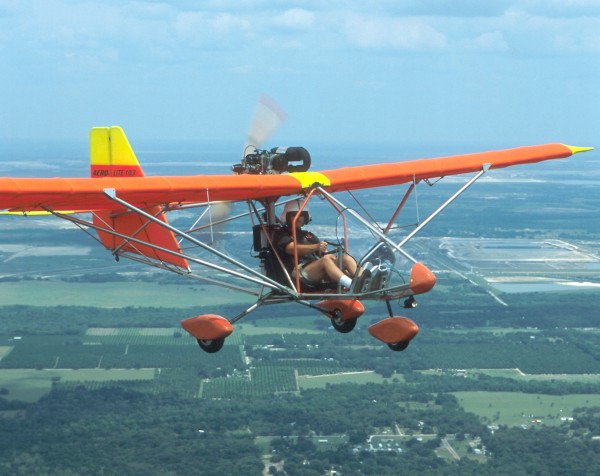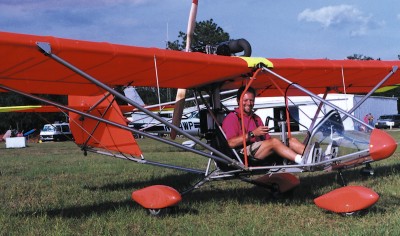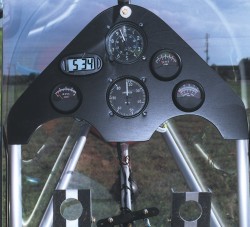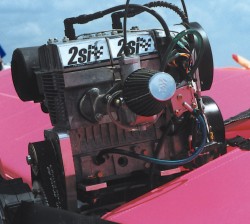
[UPDATE fall 2009 — Aero-Works left the business several years ago (though in late 2009, originator Terry Raber said he will return to production). Meanwhile, producer Wings of Freedom has begun work on the Phoenix-103, a derivation of the Aero-Lite 103 but with numerous small changes. This article refers to the aircraft built by AeroWorks and will not be identical to the Aero-Lite 103. The companies are different and Terry Raber has no association with Wings of Freedom. In the uncertain “new world of Sport Pilot,” one thing remains exactly as it was – FAR Part 103. While new rules and regulations may shake the ground under the feet of ultralight pilots, Aero-Works continues to produce their popular AeroLite 103. If you build it carefully, you can still enjoy a twin-cylinder ultralight with lots of features that fits Part 103. Even airline pilots who normally fly under smothering regulations appreciate FAA’s simplest, least intrusive rule, Part 103.










